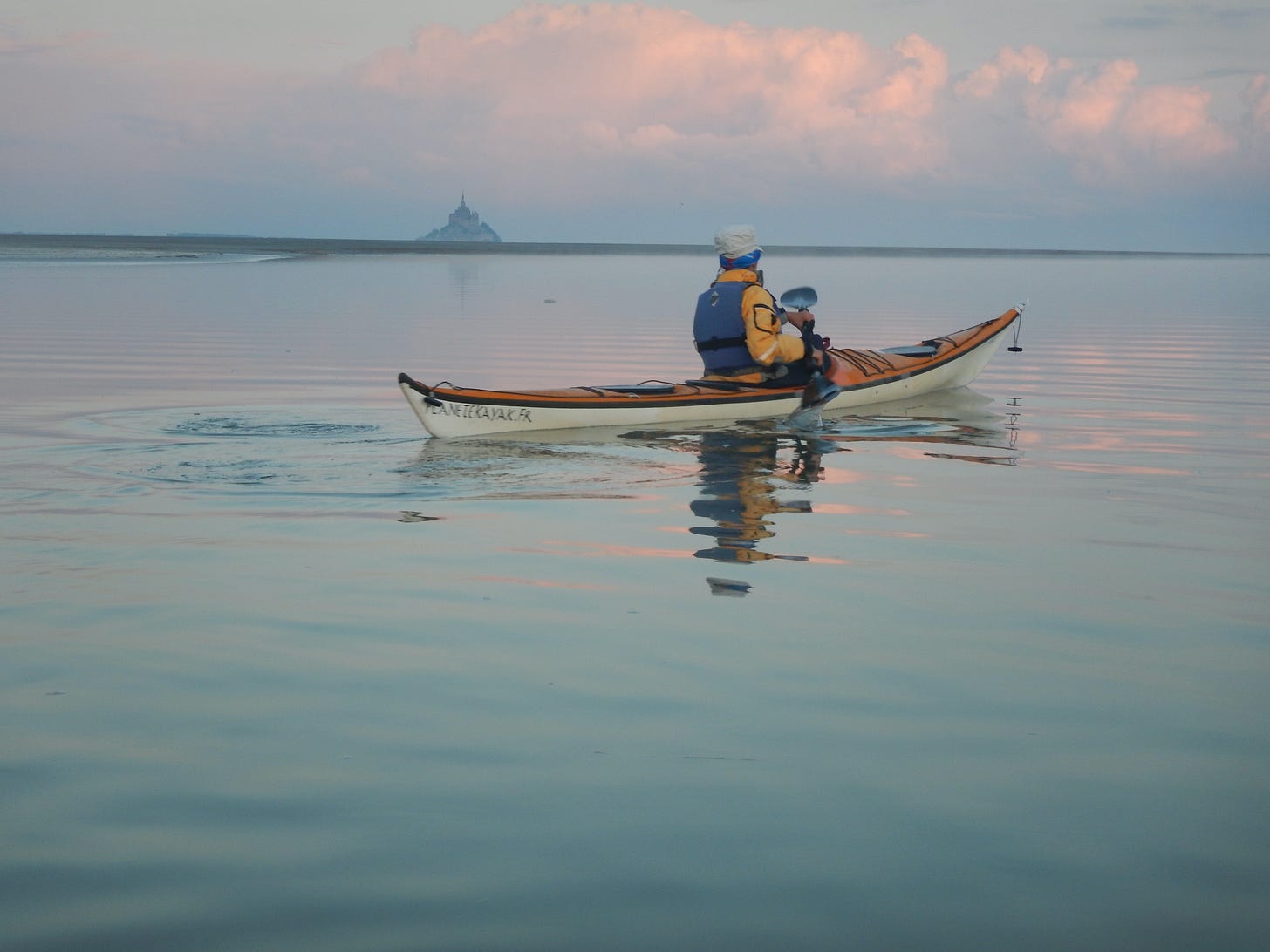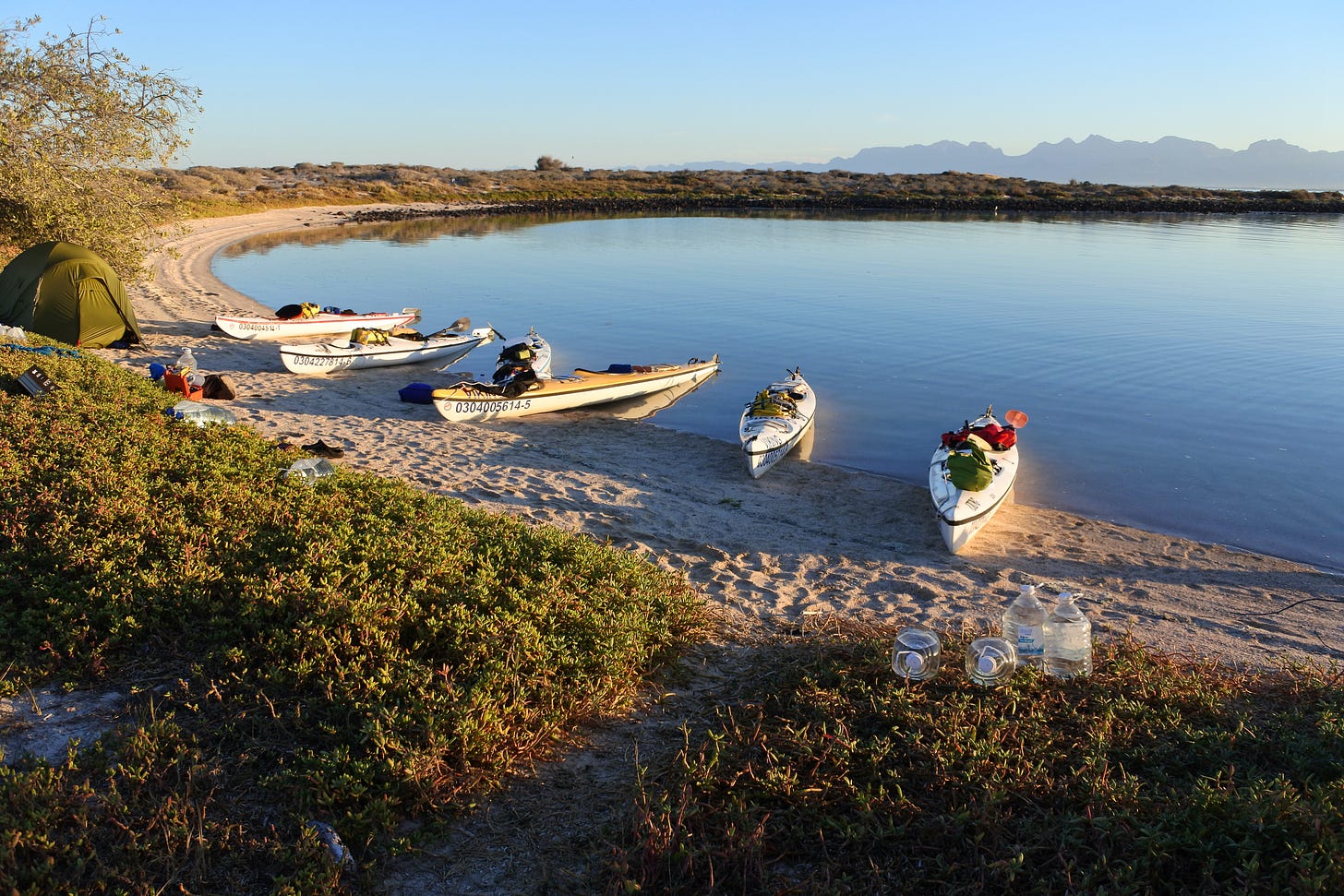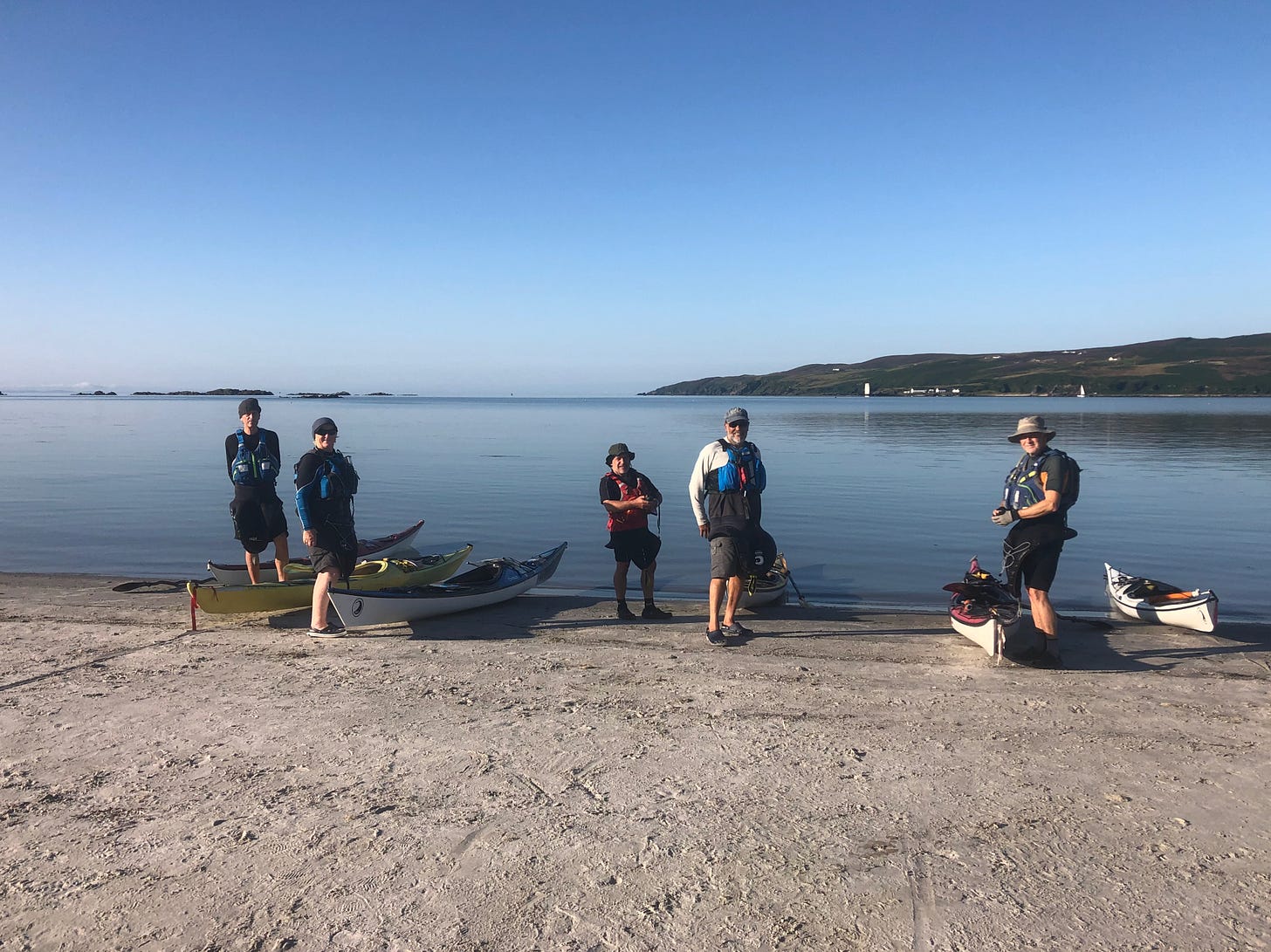Living in north west Europe we are aware of the daily rhythm of the tide, The ebb and flow of the water, responding to the gravitational pull of the sun and the moon, in differing measures. The pull of the moon is approximately 2.2 times greater than the influence of the sun. Twice a day the tide comes in and out, whilst every other week it is noticeable that it comes in bit further and goes out a bit further. Spring tides!
In Jersey we are fortunate that it is easy to check whether it is a Spring or a Neap tide. If it is high water in the early morning and evening then it is a Spring Tide, if the tide is in between 12.00 and 14.00 then it is a Neap. It works quite effectively in Jersey, in other areas high water will be at different times. Study the local rhythm of the tides and work out your local pattern.

So twice a lunar day the tide comes in and goes out although there is a small difference between the morning and evening highs. The morning tide is always slightly larger than the evening one. These are know as semi diurnal tides. Two high waters every day with roughly the same size tides. It is easy to think that this is the same throughout the world but the reality is somewhat different.
Semi diurnal tides are the most widely distributed throughout the world, with the next common tidal sequence known as mixed semi diurnal tides. Many areas of the western seaboard of North America, clearly a popular sea kayaking area, have mixed semi diurnal tides. These areas experience two high and two low waters every lunar day, but they are of unequal height.
We were camping on a beach in Baja, Mexico, a few years ago. Tents were pitched well above the last high water mark and as the tides were getting smaller, we thought it was reasonable to assume that we would be alright. Wrong! We watched with increasing alarm as the rising water covered the previous high tide mark and continued to move towards the tents. Eventually we had to admit defeat and move the tents, as our original camp site was flooded. Welcome to the land of mixed semi diurnal tides.

I should have remembered about the differences as approximately 20 years earlier we almost lost all of our kayaks. I was running a British Canoeing Leadership course and we had paddled out to Rum Island, off Vancouver Island, for the night. Just after dark I could hear some banging and went to look. All our kayaks were afloat but fortunately a light easterly wind was keeping the kayaks in the small bay where we had landed. I did feel rather stupid but upon reflection I realised that everybody in the group, apart from me, was a local so I suppose that they should have known better. That’s my excuse and I am sticking to it.
The final type of tidal sequence is diurnal tides. These have just one high and low water each lunar day and are found in areas such as the Gulf of Mexico and the areas around the Bering Straits and towards the Kamchatka Peninsula. Plus some areas in Asia.
The lesson is to not always assume that the tidal pattern will be the same as in your local waters. Undertake some research and begin to get a feel for the daily rhythm of the tides before you arrive. Also research the range of the tide. Most people are aware of areas where there are large tidal ranges, Channel Islands, Bristol Channel, Bay of Fundy, Ungava Bay in northern Canada, Magellan Strait in Chile and Cook Inlet in Alaska.
The National Oceanic and Atmospheric Administration (NOAA) have produced a table of the fifty places in the world with the largest tides, some of our local spots manage to sneak in:
No. 1 Burntcoat Head, Bay of Fundy, Canada
No. 8 Port of Bristol (highest tides in Europe)
No. 18 Granville
No. 22 Cancale
No. 28 Chausey
No. 32 St Malo
No. 36 Les Minquiers
No. 37 Paimpol
No. 38 Erquy
No. 39 Binic
No. 47 St Helier
No. 48 Carteret
No. 49 Ile de Brehat
Do you ever ponder where are the smallest tides? The obvious answer is the Mediterranean but what about around the British Isles? Possibly the area with the smallest tides is the area between Islay and the Mull of Kintyre, as there is an amphidromic point. These are locations in the sea where there is little or no tide. Whilst I write this there are Spring tides but at Port Ellen, on the south east coast of Islay the range this afternoon is 0.44 metres, hardly a huge vertical movement. You may struggle to find a ferry terminal in the UK, which has a smaller tidal range. Next Tuesday, on neaps the afternoon tidal range is 0.13 metres.

Tides are such a fascinating subject, with some basic knowledge, essential to ensure that our sea kayaking is safe and enjoyable.



